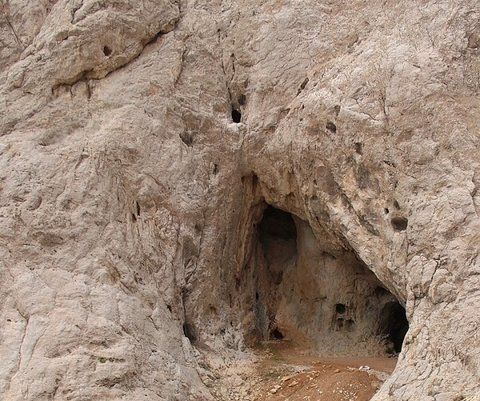Iran (IMNA) - "After investigating the bones, the human diet and the status of animal ecosystem have been determined. The results were very wonderful; the large number of bones belonged to deers, then to gazelles, antelopes, and rabbits. Meanwhile, the bones of a wild ass and most importantly, bones of rhino and ostrich were discovered for the first time in Iran. There were also bone remnants including rodent and lizard that are believe to be used for food," he added.

"Various tools from the Middle Paleolithic period were also found in this cave. We hope that an exhibition of these historical remains will be held in Chehel Sotoun museum, with the support of Isfahan's Cultural heritage. Unfortunately, no human bones were found here, but certainly the evidences will show the presence of Neanderthal human in this place," he noted.

Emphasizing on the importance of Qaleh Bozi caves, he said, "Excavations indicate that human colonies of the Middle Paleolothic period were present in the center of Iranian plateau; the Zayandeh-Rood River and the ideal hunting region in this era were the main drives to attract human colonies. Fortunately, the protected area of Kolah Ghazi which dates back to the same era, has been remained intact, with the support of the Environmental Organization of Mobarakeh."



Your Comment